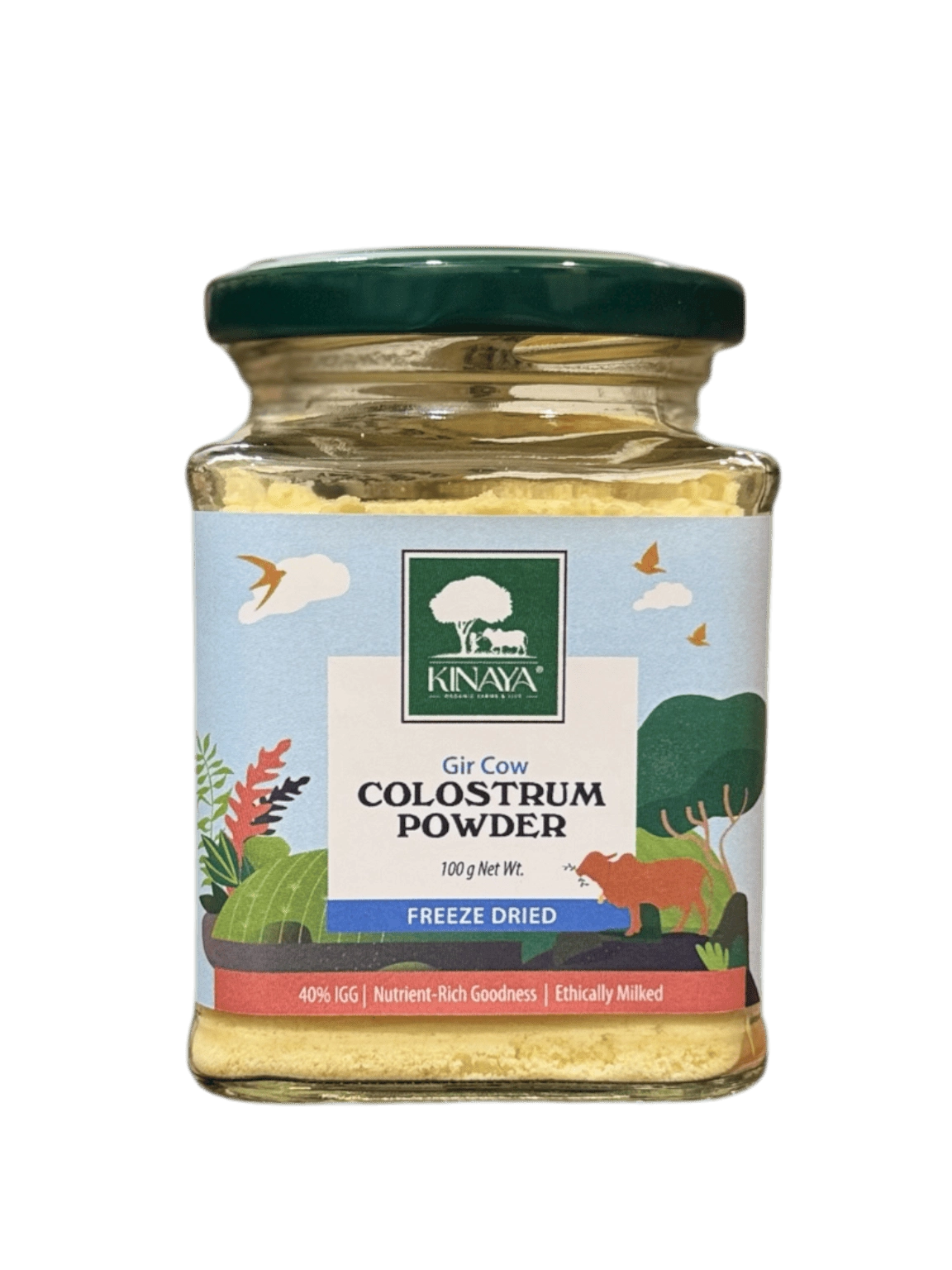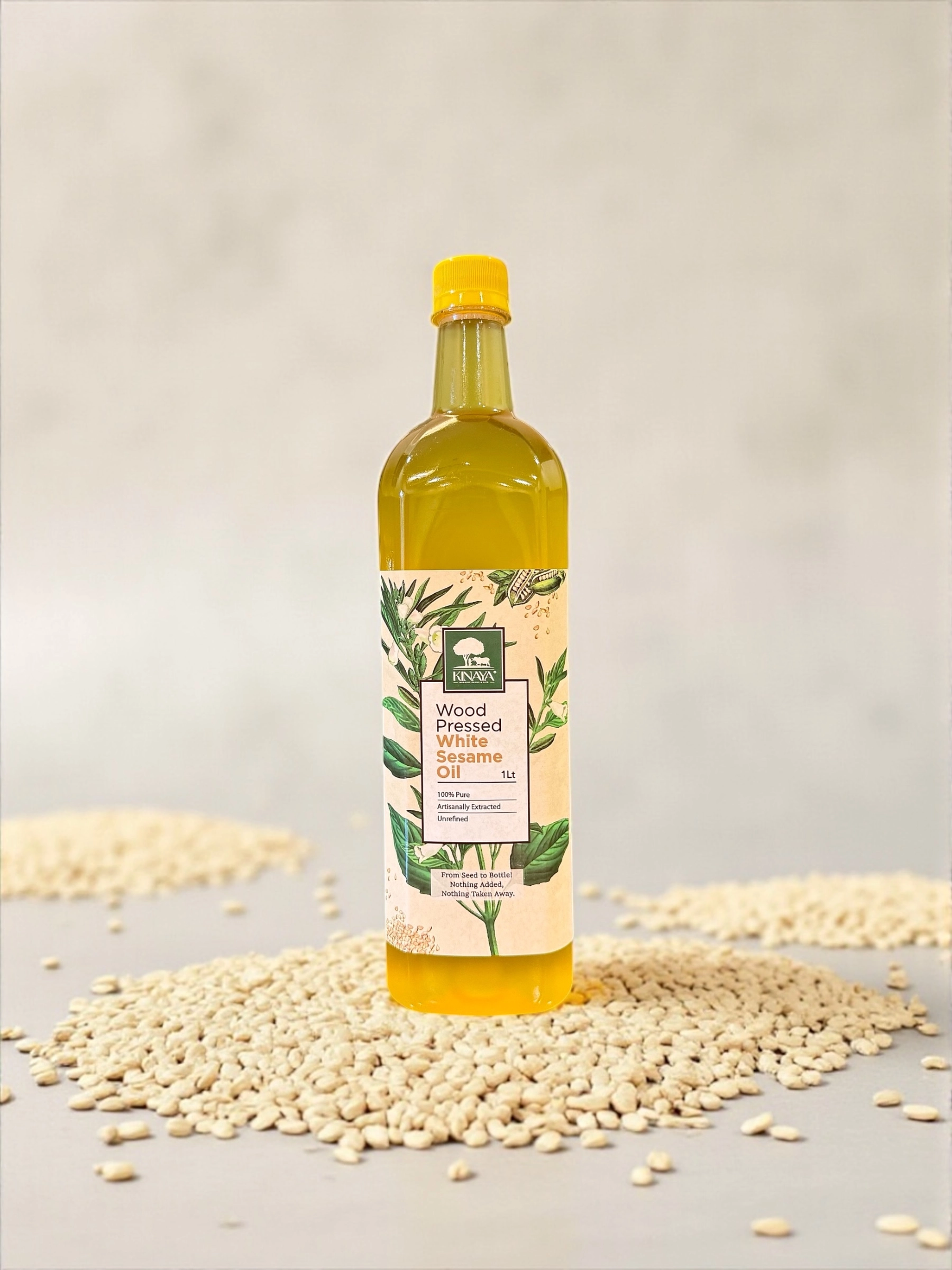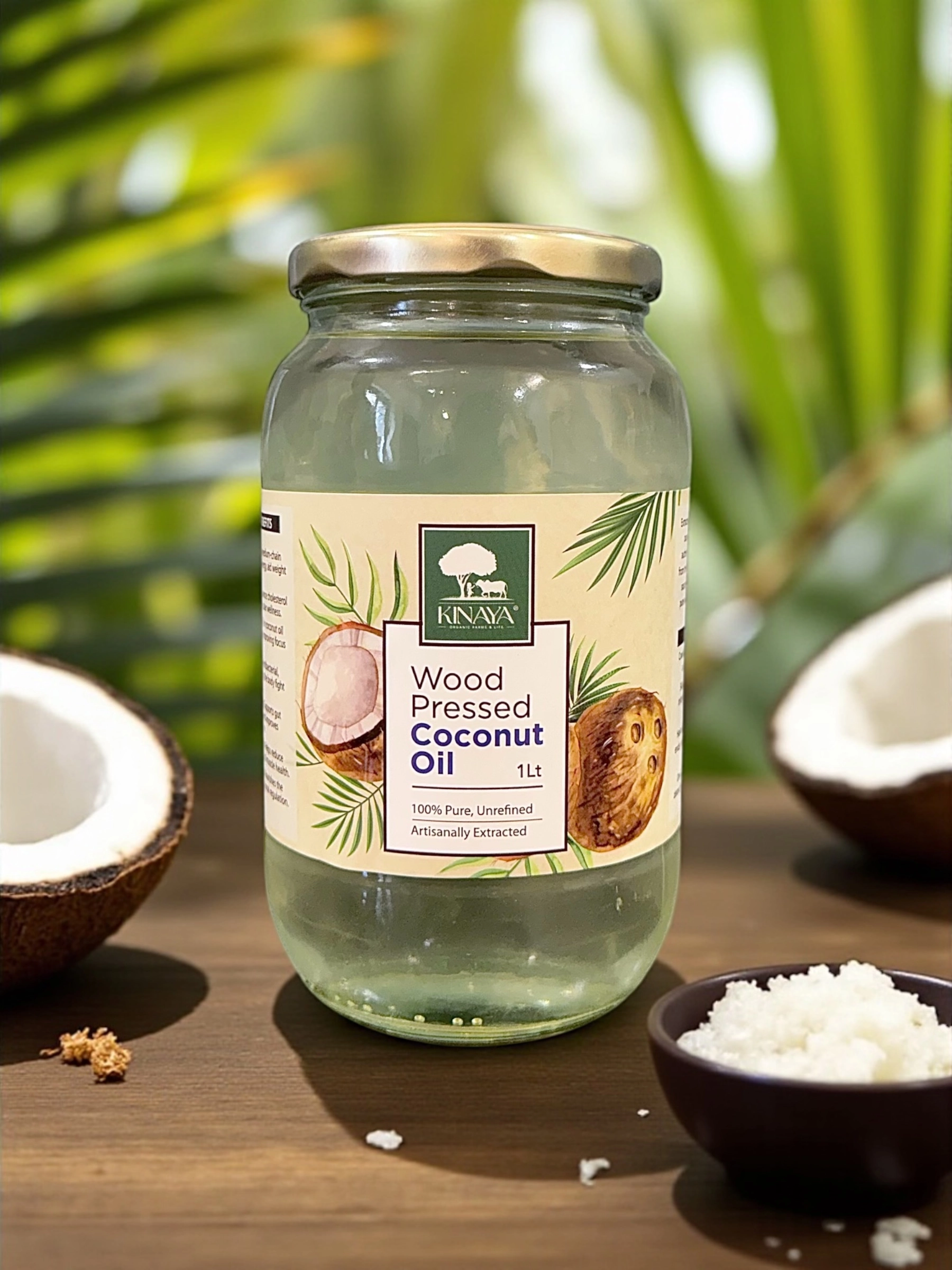In the vast landscape of cattle farming, the Gir Cow emerges as a breed of exceptional qualities, standing tall amidst the competition. When compared to HF (Holstein-Friesian) and Jersey cows, Gir Cows exhibit a range of attributes that make them not just superior, but invaluable assets to agriculture, culture, and sustainability. Let’s delve into why Gir Cows shine brightly in comparison to their HF/Jersey counterparts.
1. Adaptability to Environment:
Gir Cows are renowned for their remarkable adaptability to diverse environmental conditions, particularly harsh and semi-arid climates. Unlike HF/Jersey cows, which may struggle in challenging terrain and climatic extremes, Gir Cows thrive in rugged landscapes, grazing on sparse vegetation and withstanding temperature fluctuations with ease.
2. Disease Resistance:
One of the most striking advantages of Gir Cows is their inherent resistance to tropical diseases. Thanks to centuries of natural selection and adaptation, Gir Cows exhibit a robust immune system that protects them against common ailments prevalent in tropical regions. In contrast, HF/Jersey cows may require extensive healthcare interventions and management practices to mitigate disease risks.
3. Nutritional Quality of Milk:
While HF/Jersey cows are known for their high milk yields, Gir Cows offer a different kind of superiority – milk of exceptional quality. Gir Cow milk is rich in A2 beta-casein protein, which is believed to be more easily digestible and less likely to cause intolerance or sensitivity issues compared to the A1 protein found in the milk of HF/Jersey cows. Additionally, Gir Cow milk contains a balanced profile of vitamins, minerals, and healthy fats, contributing to overall well[1]being.
4. Cultural and Religious Significance:
In Indian culture, Gir Cows hold immense religious, cultural, and spiritual significance. Revered as symbols of purity, prosperity, and divinity, Gir Cows are central to various rituals, festivals, and agricultural practices. Their presence in Hindu mythology and scriptures underscores their sacred status, elevating them beyond mere livestock to revered companions in the journey of life.
5. Environmental Sustainability:
Gir Cows play a vital role in promoting environmental sustainability and biodiversity conservation. Their ability to thrive in marginal lands and graze on natural vegetation reduces pressure on cultivated crops and preserves fragile ecosystems. By supporting Gir Cow farming practices, we contribute to sustainable agriculture and the preservation of indigenous breeds, fostering resilience in the face of climate change.
Conclusion:
Gir Cows stand as paragons of resilience, adaptability, and cultural heritage in the realm of cattle farming. Their superiority over HF/Jersey cows lies not just in their physical attributes or milk quality but also in their intrinsic connection to the land, culture, and traditions. As we celebrate the virtues of Gir Cows, let us recognize and honor their invaluable contributions to agriculture, sustainability, and the tapestry of human civilization.













